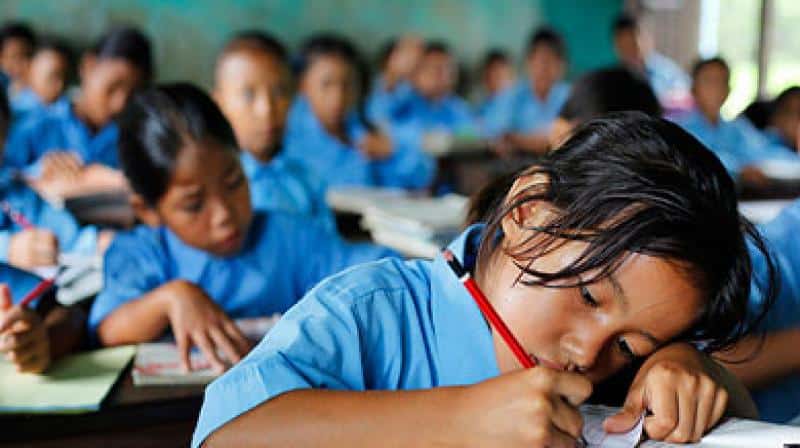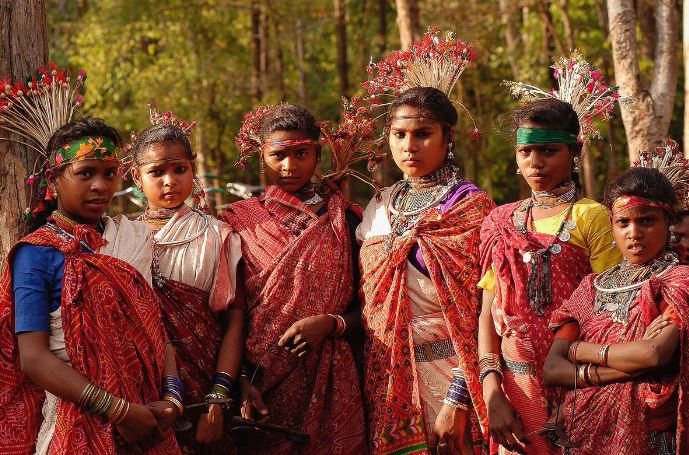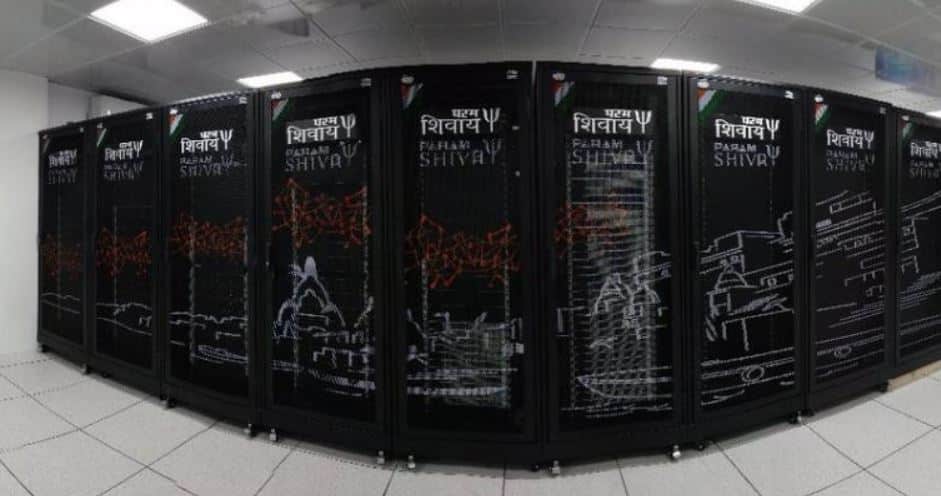Table of Contents
Current Status of Tribal Education in India| UPSC – IAS | PCS
- Low Literacy Level: According to census 2011 literacy rate for STs is 59% compared to national average of 73%.
- Interstate disparity: Wide Interstate disparity exists across the states e.g. in Mizoram and Lakshadweep STs literacy is more than 91% whereas in Andhra Pradesh it is 49.2%. In fact, in most of the north eastern states like Meghalaya, Mizoram and Nagaland, STs are at par with the general population.
- Gender disparity: Literacy level among STs men is at 68.5% but for women it is still below 50%
Constitutional provisions for Tribal education | UPSC – IAS | PCS
- Article 46 of Indian constitution lays down that, the state shall promote, with special care, the educational and economic interests of weaker sections of the people, and in particular, of the scheduled caste and scheduled tribes.
- Article 29(1) provides distinct languages script or culture. This article has special significance for scheduled tribes.
- Article 154(4) empowers the state to make any special provision for the advancement of any socially and educationally backward classes of citizen or for SCs or STs.
- Article 275(1) provides Grants in-Aids to states (having scheduled tribes) covered under fifth and six schedules of the constitution.
- Article 350A states that state shall provide adequate facilities for instruction in mother-tongue at the primary stage of education.
About Eklavya Model Residential Schools (EMRS) | UPSC – IAS | PCS
- Ministry of Tribal Affairs is implementing Eklavya Model Residential Schools (EMRS) in tribal areas for providing education on the pattern of Navodaya Vidyalaya, the Kasturba Gandhi Balika Vidyalayas and the Kendriya Vidyalayas.
- The establishing of Eklavya Model Residential Schools (EMRS) is based on the demand of the concerned States/UTs with the availability of land as an essential attribute.
- Eklavya Model Residential Schools (EMRS) are set up in States/UTs with grants under Article 275(1) of the Constitution of India.
- Management of each Eklavya Model Residential Schools (EMRS) is under a committee which include, among others, reputed local NGOs involved with education.
Objectives of Eklavya Model Residential Schools (EMRS) | UPSC – IAS | PCS
- Provide quality middle and high-level education to Scheduled Tribe (ST) students in remote areas.
- Enable them to avail of reservation in high and professional educational courses and in jobs in government and public and private sectors.
- Construction of infrastructure that provides education, physical, environmental and cultural needs of student life.
Coverage of Scheme | UPSC – IAS | PCS
- As per existing guidelines at least one Eklavya Model Residential Schools (EMRS) is to be set up in each Integrated Tribal Development Agency (ITDA)/ Integrated Tribal Development Project (ITDP) having 50% ST population in the area.
- As per the budget 2018-19, every block with more than 50% ST population and at least 20,000 tribal persons, will have an Eklavya Model Residential School (EMRS) by the year 2022.
Challenges to tribal education | UPSC – IAS | PCS
- Poor socio-economic condition
- Most of the tribal community is economically backward and sending their children to school is like a luxury to them. They prefer their children to work to supplement the family income.
- Illiteracy of parents and their attitude towards education is indifferent, as well as their community never encourages the education of children.
- Parents are not willing to send their daughters to co-educational institutions due to safety concerns.
Lack of infrastructure:
- Schools in tribal regions lacks in teaching learning materials, study materials, minimum sanitary provisions etc.
Linguistic barriers:
- In most of the states, official/regional languages are used for classroom teaching and these are not understood by the tribal children at primary level. Lack of use of mother tongue cause hindrance in initial basic education and learning (despite article 350-A).
Teacher related challenges:
- Inadequate number of trained teachers is a big problem in imparting education to tribal children. Also, Irregularity of the teachers in school and their different background lead to failure in establishing a communication bridge with tribal students.
Apathy of tribal leadership:
- Tribal leadership generally remains under the outside influences and agencies such as the administration, political parties. Tribal leaders began to exploit their own people politically, socially and economically.
- Village autonomy and local self-governance has still not properly established. Poor law and order situation and loss of respect for authority is also a hurdle.
High illiteracy rate among tribal women:
- The disparity in educational levels is even worse as the Scheduled Tribe women have the lowest literacy rates in India.
How to Improve tribal education ? | UPSC – IAS | PCS
- Infrastructural development: More Eklavya Model Residential Schools (EMRS) in remaining tribal regions as well as better infrastructure in other schools such as adequate class rooms, teaching aids, electricity, separate toilets etc. should be furnished.
- Emphasis on career or job-oriented courses: E.g. Livelihood College (Dantewada, Bastar) offers nearly 20 courses, in soft and industrial skills, and has created many job opportunities for tribal youth.
- Local recruitment of teachers: They understand and respect tribal culture and practices and most importantly are acquainted with the local language. TSR Subramanian committee suggested Bilingual System- combination of local language and mother tongue.
- Teacher Training: New teacher training institutes should be opened in tribal sub plan areas to meet the requirement of trained teachers.
- Student safety: There must be strong machinery to protect students from abuse, neglect, exploitation, and violence.
- Establish separate school for girls: This would reduce hesitation of some parents to send their daughters to co-educational institution.
- Enhance awareness: Government should take some specific initiative such as awareness camp, street drama, counseling etc. which can create awareness among the tribals about the importance of education.
- Regular monitoring by high level officials: This is necessary for smooth functioning of school administration.










